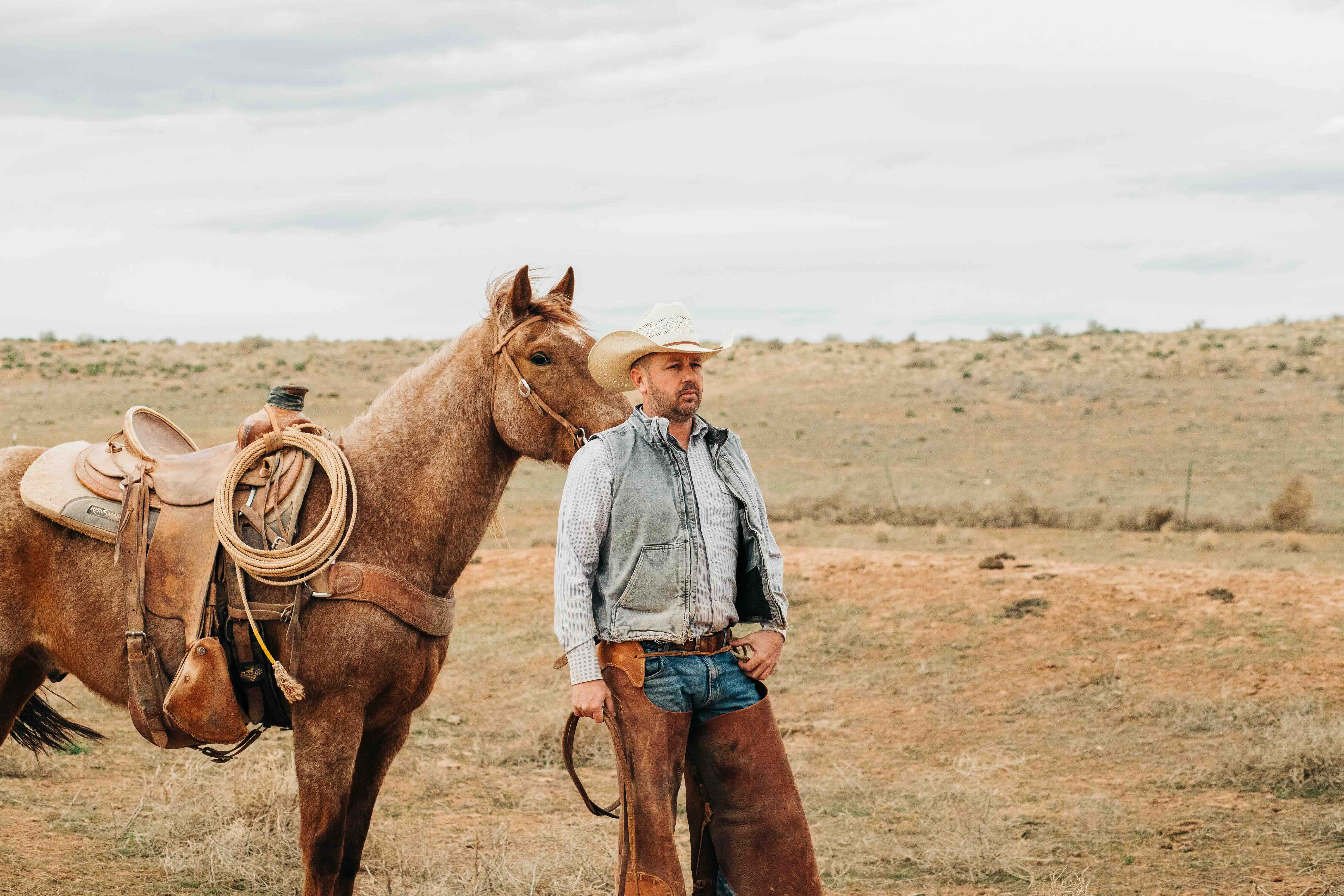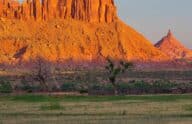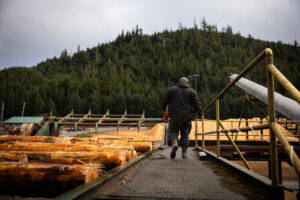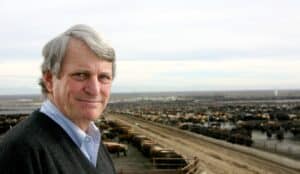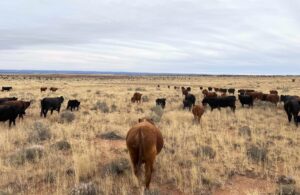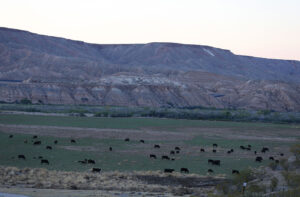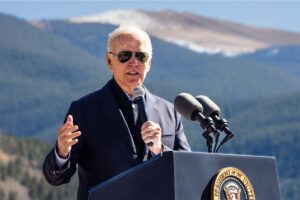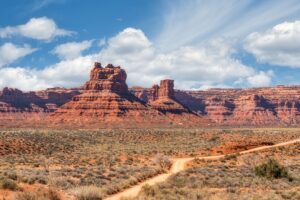Chris Heaton is a sixth-generation landowner and rancher who embodies the rugged individualism, adventurism, and tireless work ethic of the American West. His family has been ranching in Utah and Arizona since the 1800s, and today, Chris runs a 50,000-acre ranch on both private land and public land leased from the State of Arizona and the federal Bureau of Land Management.
Just as for hard-working ranchers throughout the western U.S., public lands are an economic lifeline for Chris and the many others who put those lands to beneficial uses. His grazing and water rights allow him to own stock ponds, wells, and springs and meet his cattle’s daily grazing needs.
But Chris’s land, family legacy, and rights have landed in the crosshairs of President Biden’s new national monument designation.
In August 2023, President Biden issued a proclamation declaring nearly one million acres of land in Northern Arizona as the brand-new Ancestral Footprints National Monument. He claimed his power stems from the Antiquities Act, a 1906 law intended to quickly protect Native American archeological sites from looting.
However, Congress established the Antiquities Act with a very narrow scope of presidential authority. The Act limited monuments to federally owned or controlled land and to “objects” that are historic landmarks, prehistoric structures, or other objects of historic or scientific interest. The statute also limits a monument’s size to only what’s necessary for the care and management of legitimate, validly protected objects.
Yet President Biden’s proclamation brushed aside these limitations. This new monument names a million-acre area and many so-called “objects”—including landscapes and species—that are not covered by the Antiquities Act’s limited scope. This includes the grasslands where Chris grazes his cattle, the Kanab Creek that provides water for them, and Moonshine Ridge, where he and his family enjoy hiking.
On top of the new regulatory power that comes with a monument designation, the Antiquities Act threatens criminal penalties for harming or removing any protected “objects” within the one-million-acre monument. The monument will undermine, and perhaps eliminate, Chris’s ability to earn a livelihood from the land. All the while he faces fines and jail time for simply using public and private property as his family has done for more than a century.
The president has no authority to unilaterally withdraw millions of acres of land and forbid people from using those lands for the natural resources they contain. Exceeding the limits of the Antiquities Act to do so is simply an abuse of presidential power.
Yet courts are typically deferential to the president in challenges to national monument designations. When the Supreme Court declined to hear a previous PLF case, Massachusetts Lobstermen’s Association v. Raimondo, Chief Justice John Roberts expressed concern over the president’s ever-expanding power under the Act.
If the president can designate a one-million-acre landscape as an “object,” under the Act’s sparse delegation, then there is no meaningful limit to how much land the president can rope off from productive use.
Represented by PLF at no charge, Chris is fighting back with a federal lawsuit to rein in the president’s illegal land-grab, protect his property rights, and restore the rights of all Americans to earn an honest living.
What’s At Stake?
- The Antiquities Act authorizes the president to establish national monuments, but Congress limits the size and scope of those monuments. Presidential action that ignores those limits violates the Constitution’s separation of powers, undermines the democratic process, and thus requires limitation by the courts.
- Turning vast swaths of land into a national monument ends legitimate, productive use of public land and undermines private property rights.



